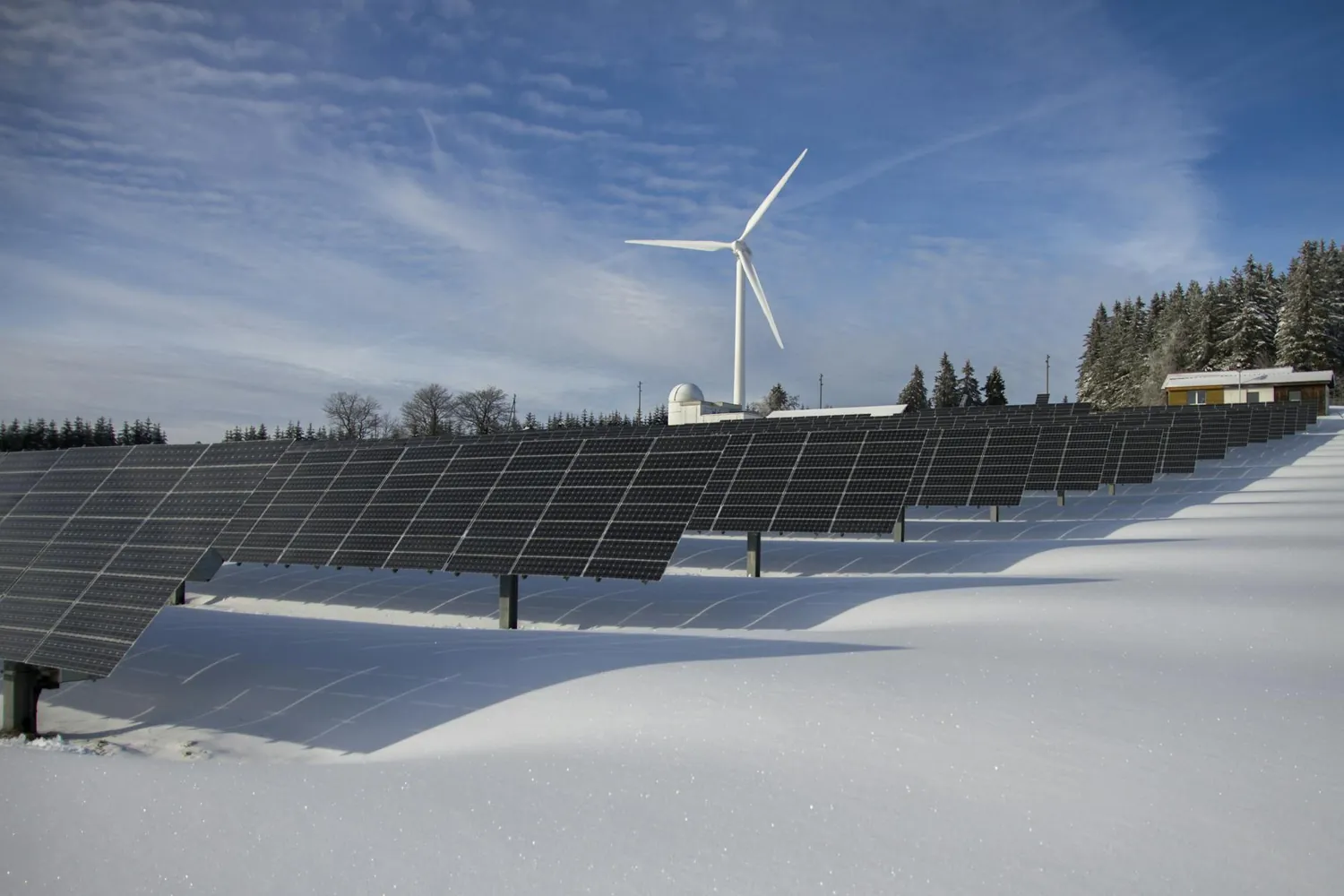Cost-Effectiveness and Environmental Footprint of Solar vs. Wind Energy Sources

Understanding Renewable Energy Options: Solar vs. Wind
In the pursuit of sustainable energy solutions, solar and wind energy emerge as prominent contenders. Both sources promise to mitigate carbon emissions and lessen dependence on fossil fuels. However, a nuanced examination of their efficiency, installation costs, and environmental impacts is essential to determine which option may serve best under varying circumstances.
Efficiency and Performance Metrics
Solar Energy Efficiency
Solar panels convert sunlight into electricity through photovoltaic (PV) cells. Their efficiency is often determined by factors such as geographical location, weather conditions, and technology type. Generally, commercial solar panels have an efficiency range of 15-22%. In high-sunlight areas like Arizona or parts of Australia, solar energy can provide consistent electricity output.
Pros:
- Scalability from small residential installations to large solar farms.
- Low maintenance costs post-installation.
- No operational noise, making it suitable for urban environments.
Cons:
- Reduced efficiency in cloudy or rainy climates.
- Energy production is limited to daylight hours unless coupled with storage solutions.
Wind Energy Efficiency
Wind turbines capture kinetic energy from the wind and convert it into electrical power. The efficiency of wind energy is influenced by wind speed, turbine size, and placement. Optimal locations for wind farms are typically open plains or offshore sites where wind currents are strongest. Modern turbines can achieve capacity factors of 35-45%, with some achieving higher rates in exceptionally windy regions.
Pros:
- Potential for continuous energy production day and night.
- High energy yield per installed megawatt compared to solar in optimal conditions.
Cons:
- Higher initial capital investment compared to solar panels.
- Can generate noise pollution and impact local wildlife, particularly birds and bats.
Installation and Cost Considerations
Solar Energy Costs
The cost-effectiveness of solar energy has improved significantly over the past decade. As of 2023, the average cost for installing a residential solar system in the United States ranges from $2.50 to $3.50 per watt. This includes all hardware, installation, and associated costs. State incentives and federal tax credits can reduce upfront expenses considerably.
When to Choose Solar: Solar is ideal for homeowners looking to reduce their utility bills in sunny climates. Community solar projects also allow individuals without suitable rooftops to invest in shared solar power arrays.
Wind Energy Costs
The installation costs for wind energy are generally higher than for solar due to the complexity of building and deploying large-scale turbines. Onshore wind farms average $1,600 per kilowatt of capacity, while offshore installations can be two to three times more expensive due to logistical challenges. However, once operational, wind farms have low operating costs.
When to Choose Wind: Wind energy is suitable for rural areas or large commercial projects where economies of scale can be realized, and in regions with consistently strong winds.
Environmental Impact Analysis
Solar Environmental Footprint
The environmental impact of solar energy is primarily during manufacturing and disposal stages. Manufacturing PV cells involves chemicals that require careful handling and disposal. Recycling programs are crucial for managing end-of-life solar panels to minimize environmental harm.
Solar installations do not emit greenhouse gases during operation, supporting climate mitigation goals directly.
Wind Environmental Footprint
The environmental concerns with wind energy include land use and effects on wildlife. Wind farms require substantial land; however, they can coexist with agricultural uses. To mitigate wildlife impacts, especially on birds and bats, developers now implement technologies such as ultrasonic deterrents or blade painting techniques to reduce collisions.
Case Studies: Solar vs. Wind Applications
Solar Success Story: California's Mojave Desert
The Mojave Desert in California hosts several large-scale solar farms like the Ivanpah Solar Electric Generating System. With over 350 days of sunshine annually, these installations exemplify the potential of solar power in arid regions.
Wind Success Story: Denmark's Offshore Expansion
Denmark has been a leader in offshore wind development, with projects like the Horns Rev wind farm contributing significantly to its national grid. These farms benefit from consistent sea winds and have become benchmarks for offshore wind projects globally.
Integration of Solar and Wind: A Holistic Approach
A hybrid approach combining solar and wind energy can optimize resource utilization. By balancing the intermittent nature of both energies – sunlight during the day and stronger winds at night – energy systems can maintain a steady power supply.
This integration is becoming increasingly feasible with advancements in energy storage technologies such as lithium-ion batteries and pumped hydro storage, which stabilize supply by storing excess generation for later use.
Conclusion: Tailoring Energy Solutions to Local Contexts
The decision between solar and wind energy should be guided by specific local conditions, including climate, topography, and available infrastructure. While both have their distinct advantages and challenges, their combined implementation often represents the most resilient path toward achieving sustainable energy objectives.
A strategic analysis considering both economic factors and environmental implications will ensure that investments in renewable energy yield the greatest benefits, helping communities transition towards a sustainable future efficiently.